This is the one thing that’s killing your vacuum cleaner – and experts say we’re all guilty of doing it
It’s a surefire way to kill your trusty appliance


I’ll hold up my hands and say that, before I spent hundreds of hours testing vacuums and became Ideal Home’s Certified Expert in Vacuums, I didn’t exactly treat my vacuum cleaner with the respect it deserved. My biggest mistake? Overfilling my vacuum cleaner dust bin - and it’s not hard to do.
After all, many of the dust bins of the best vacuum cleaners have a ‘MAX’ fill line, but most people simply ignore it - especially if it looks like there’s still loads of space in the bin to fill up with dust, dirt, crumbs and other debris. So, most of us keep going and only empty it when it’s completely full.
But now I know this is one of the most damaging vacuum cleaner mistakes you could make, I no longer overfill my vacuum cleaner - and this is why you shouldn’t, either.
Why you shouldn’t overfill your vacuum cleaner
‘To maintain optimum performance, a fine dust canister will need to be emptied frequently - and if using a bagged vacuum, it is best to replace the bag before it is too full,’ explains Sophie Lane, Miele GB’s Product Training Manager.
But this is exactly what can go wrong if you overfill your vacuum cleaner - accidentally or intentionally.
1. It can make your home dirtier
Too much of anything can lead to an overflow, and overfilling your vacuum’s dust canister with dirt and debris can ultimately make your home dirtier - especially if you have a cheaper model. With nowhere to go, the dust you want to suck up will spread throughout your house, making the vacuuming process redundant.
This is especially problematic for anyone with allergies or those who want to use their vacuum cleaners to remove pollen or pet dander, as it may trigger reactions when there’s no way to get rid of them.
Sign up to our newsletter for style inspiration, real homes, project and garden advice and shopping know-how

Alongside extra visible dirt and dust in your home, overfilling the dust bin can also lead to unpleasant odours coming from your vacuum cleaner. This is echoed by Sophie, who says this is possible with both bagged and bagless vacuum cleaners.
She says, ‘When a vacuum cleaner bag or canister becomes too full, the accumulated dirt, dust, and debris can start to smell. Pet hair and food crumbs can decay quickly and produce unpleasant odours.’ To avoid this, you need to make sure you’re emptying your vacuum’s dust bin as soon as possible.
2. It can affect suction power
If you regularly notice that your vacuum cleaner has lost suction, overfilling it could be the culprit. After all, vacuum cleaners rely on airflow to maintain their effectiveness and clean your home as efficiently as possible. Without it, your vacuum has to work harder than it’d like.
Neil Spencer-Cook, group managing director at the British Institute of Cleaning Science (BICs), agrees, saying, ‘A bag over 2/3rds full reduces the efficiency and can put a strain on the motor, which means the machine is less effective.’

In fact, when I recently spoke to a Dyson engineer about the most common Dyson vacuum cleaner problems he sees day in and day out, he told me that overfilling the dust bin was one of the main causes of them.
What’s more, prolonged strain on the motor and other vacuum components due to overfilling can lead to overheating and long-term damage to the appliance as a whole. This may not be a quick fix and may require you to replace your vacuum entirely.
3. It can cause blockages
Just as dirt and debris can leak out of your vacuum cleaner when you’ve overfilled the dust bin, it can also get stuck in the extension hose or in smaller gaps and cause blockages.
And while it’s possible to unclog a vacuum hose using something like this SLSON Long Tube Cleaning Brush (£6.99 at Amazon), some clogs can go undetected. This can then impact the suction power of your vacuum cleaner and cause serious overheating, meaning it may keep turning off.
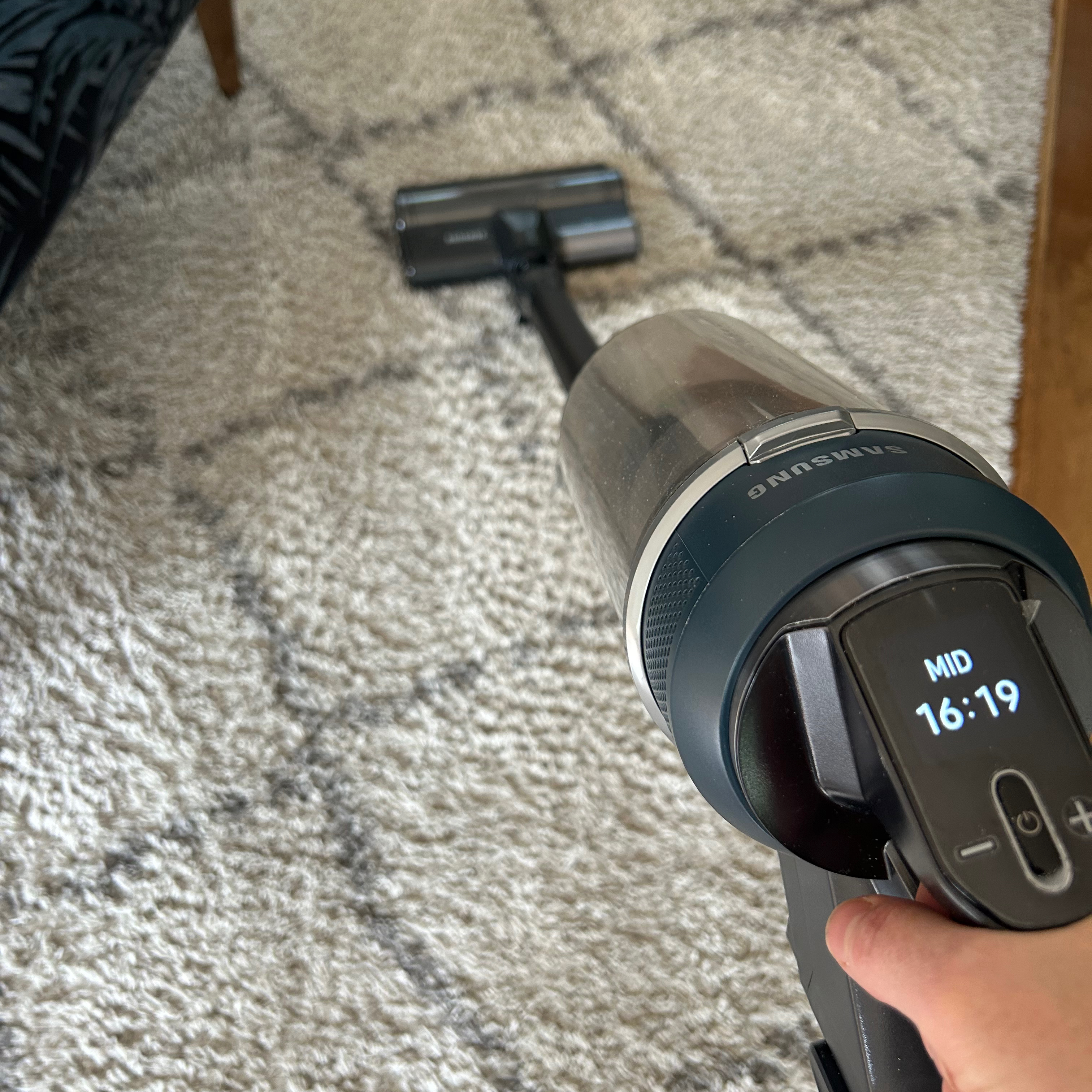
Because of this, it’s incredibly important to ensure you never go over the ‘MAX’ line on your vacuum cleaner’s dust bin, and keep an eye out for bag-fill sensors if you’ve opted for the latter in the bagless vs bagged vacuum cleaner debate.
Ketan Patel, Floor Care Design Engineer at Dyson, says that’s the whole reason it’s there, after all. He explains, ‘‘We put a ‘Max’ mark on the machine, and filling up to that point, you shouldn’t lose any performance or cause any blockages.’
How to avoid overfilling your vacuum cleaner
Of course, it’s all well and good knowing that you shouldn’t overfill your vacuum cleaner to get the most out of it - but how do you actually do it? Well, here are my top tips:
- Empty it after every cleaning session, even if it hasn’t reached the ‘Max’ line: By enforcing this positive habit (even for small cleaning jobs), you’ll reduce the chances of accidentally overfilling it. Plus, it’ll be ready for use as soon as you need it.
- Buy new bags (if necessary): If you have a bagged vacuum cleaner, note that you generally can’t reuse vacuum bags. So, buy new bags and replace them regularly. This will ensure you can always fill it as much as possible, without overfilling it.
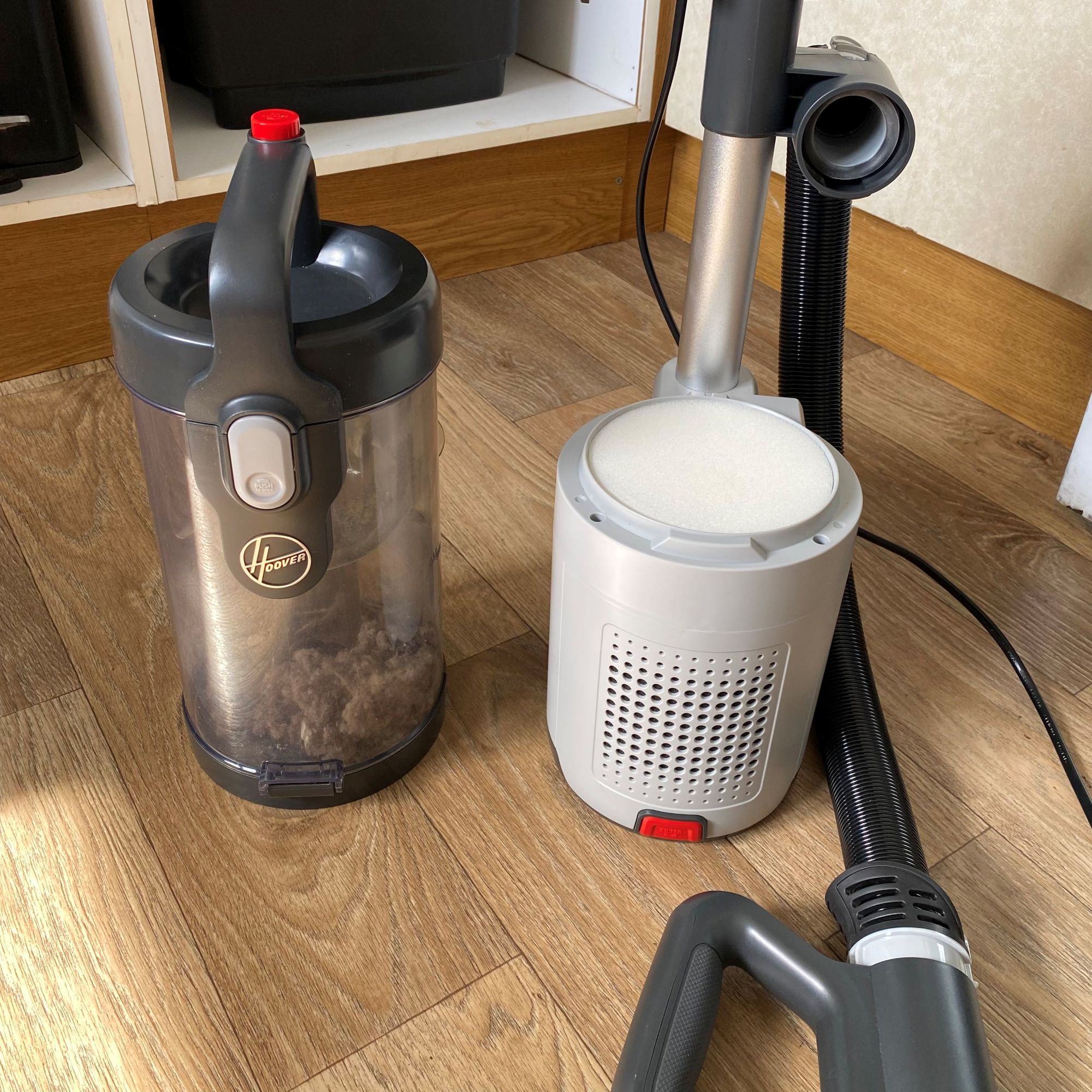
- Keep an eye out for reminders: Many modern bagged and bagless vacuum cleaners will alert you when the bin needs emptying, so make sure you act as soon as you hear or see these alerts.
- Assess its performance regularly: Although how long a vacuum cleaner should last ultimately depends on the type of vacuum, it’s still a good idea to assess any changes in your vacuum’s suction power or performance and empty it when you notice any. By doing this, you should be able to avoid overfilling it.
- Upgrade your vacuum if problems persist: If you find that you’re filling up your vacuum’s dust bin more often than you’d like, or you’re accidentally overfilling it without realising, it's highly likely that your vacuum doesn’t suit your home or cleaning needs. So, it may be worth researching how to choose a vacuum and upgrading your model to something with a bigger dust capacity.
The best vacuums with a large dust capacity
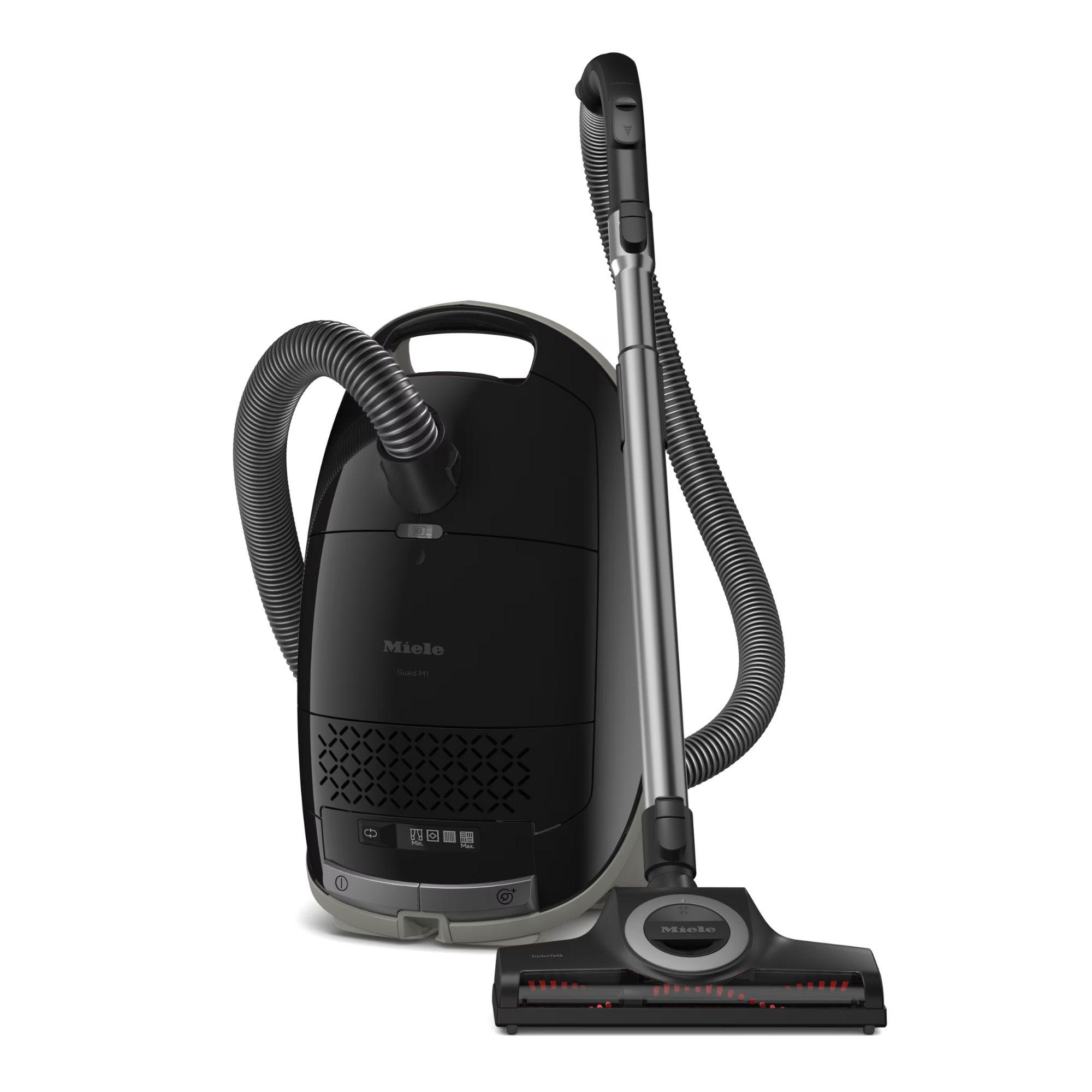
I tested this particular vacuum in my home, and have since crowned it one of the best vacuum cleaners for pet hair, thanks to its outstanding suction power and its onboard tools. It also has 4.5L dust bags, which means you won't have to replace them too often.
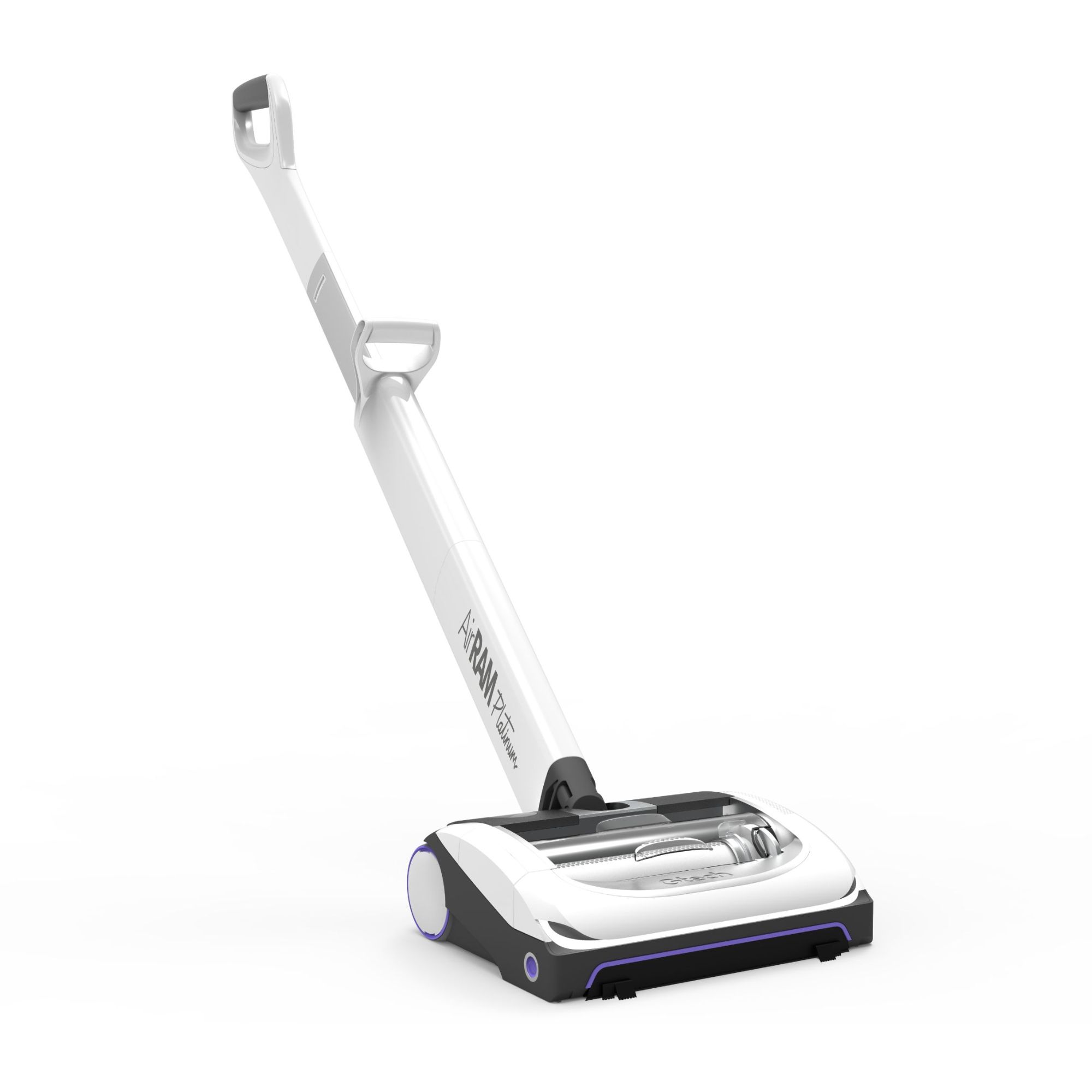
While this may not have the biggest dust bin, this upright model's dust canister is located on the floor, which means there's little chance of any blockages if you accidentally overfill it. It also has a nifty slider to ensure you get all of the dust out of the dust bin when emptying.
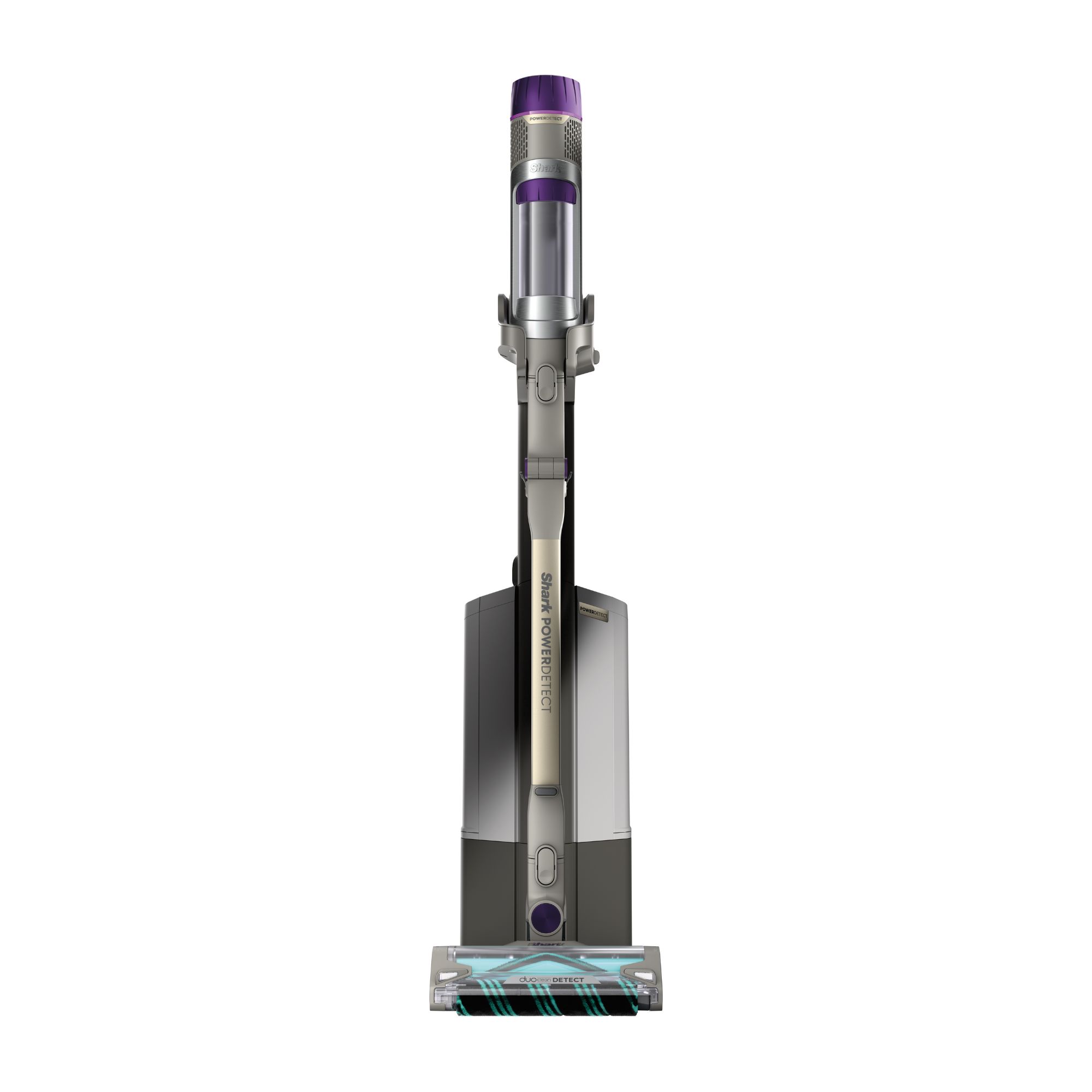
If you want a large dust capacity but still want the ease of one of the best cordless vacuums, this Shark offers the best of both worlds. In fact, the vacuum itself has a 0.8 litre dust capacity, but the auto-empty dock can hold up to 2 litres of debris before you need to empty it.
So, there you have it! Are you guilty of overfilling your vacuum cleaner?

Lauren Bradbury has been the Content Editor for the House Manual section since January 2025 but worked with the team as a freelancer for a year and a half before that. She graduated with a Bachelor’s degree in English and Creative Writing from the University of Chichester in 2016. Then, she dipped her toe into the world of content writing, primarily focusing on home content. After years of agency work, she decided to take the plunge and become a full-time freelancer for online publications, including Real Homes and Ideal Home, before taking on this permanent role. Now, she spends her days searching for the best decluttering and cleaning hacks and creating handy how-to guides for homeowners and renters alike, as well as testing vacuums as part of her role as the Ideal Home Certified Expert in Training on Vacuums, having spent over 110 hours testing different vacuum models to date!